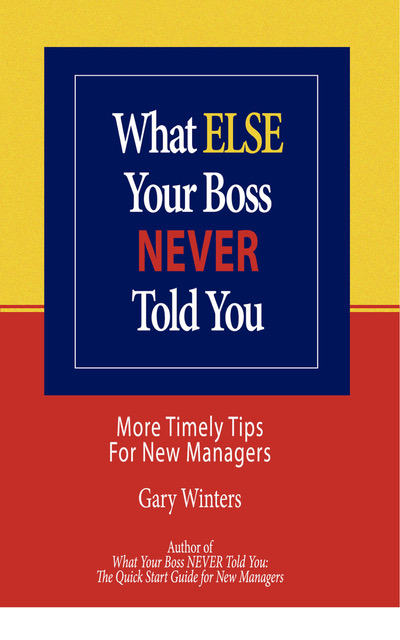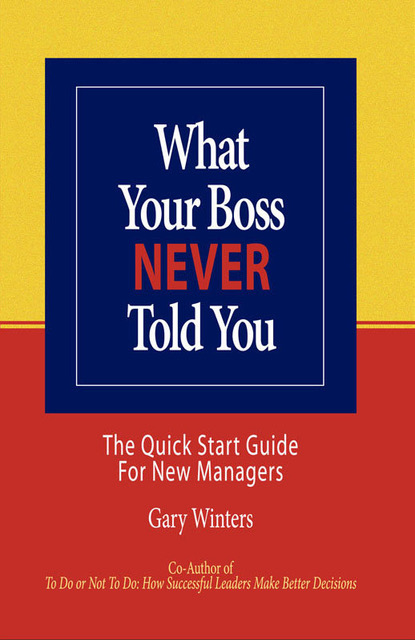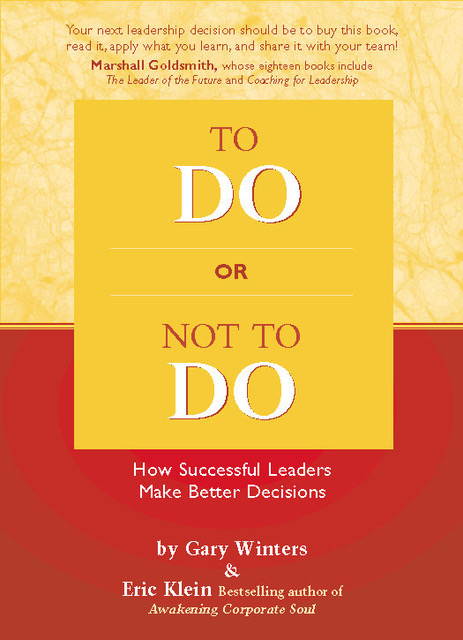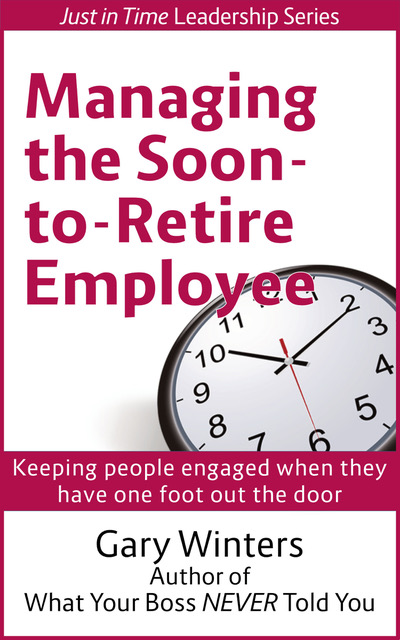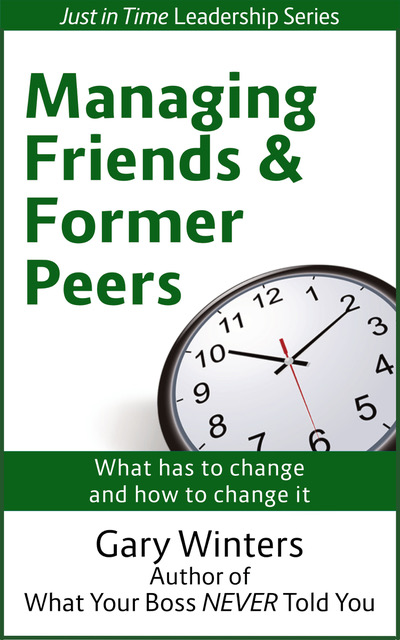 When is good enough good enough?
When is good enough good enough?
You see it all the time. That draft of the report is good enough. The presentation to staff was good enough. The error rate on product defects was good enough. The budget for that new project was good enough. The response time to customer emails is good enough.
What sustains the tension between “good enough” and “excellence” is that there simply isn’t enough time, money, or resources to move everything from good enough to great, but we want to do our best work. Right? We know we could improve our deliverables, whatever they are.
So how do you decide when good enough is good enough? When action is more important than improvement? Here’s three suggestions to keep in mind:
- When a life is on the line.
While having an actual life on the line is pretty rare (thank goodness!) the point is this: when the need to act clearly supersedes the need to perfect whatever you’re working on, act.Remember Apollo 13? In the race against time to save the astronauts, engineers jerry-rigged an air filter made with duct tape. No doubt as engineers they would have liked to keep testing and improving their design, but urgency had to trump elegance. - When incremental improvements are becoming a hobby.
I recall studies down when desktop publishing became widely available that showed that productivity did not rise, as expected. It slowed down because people were endlessly tweaking their products – because they could. True, the bar of professionalism had been raised, and what was acceptable before (a typewritten newsletter, for example) was not acceptable now. - When you’ve crossed the 5 yard line.
If you’ve invested a big chunk of time and effort to create a solid draft of the report, or a beta website, or a working prototype, you’ve probably no more than five yards from the goal line of perfection. The problem is that the next five yards will probably require as much time and effort as what you’ve already expended.Maybe it’s time to publish the report, launch the website, or start producing the product. Rarely is it true that it can’t be improved afterwards.I wrote my first book several years ago. Even today, I see ways of improving it. But if I’d waited until I’d exhausted all the possible improvements, I’d still be an unpublished author.
This article is part of a series of 26 posts for the month of April called “Blogging from A to Z,” an idea first suggested by Arlee Bird of Tossing It Out.

